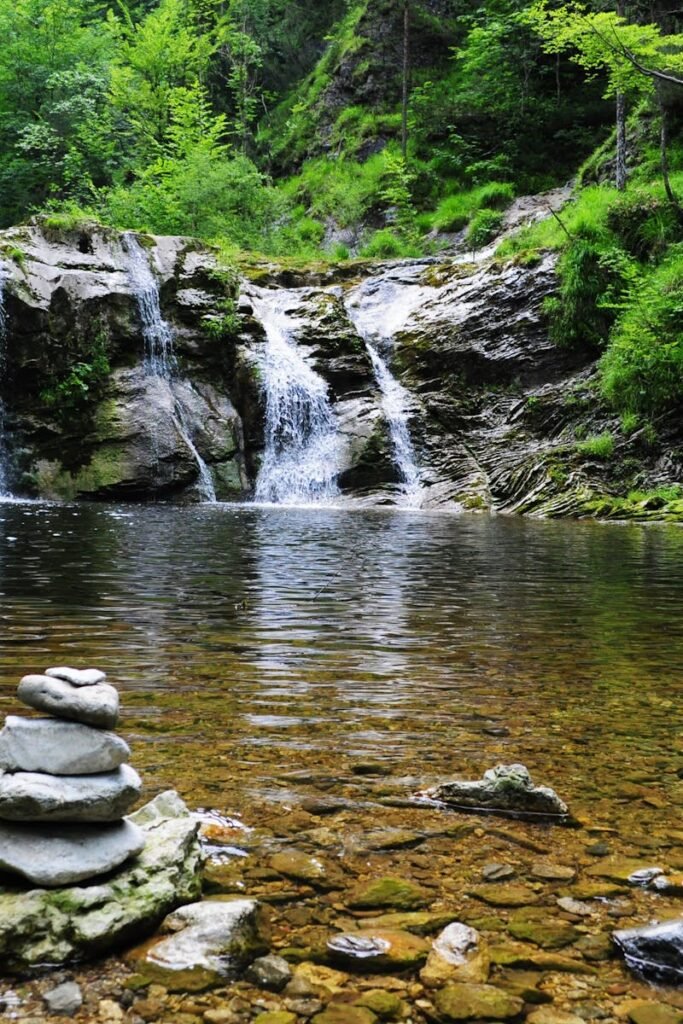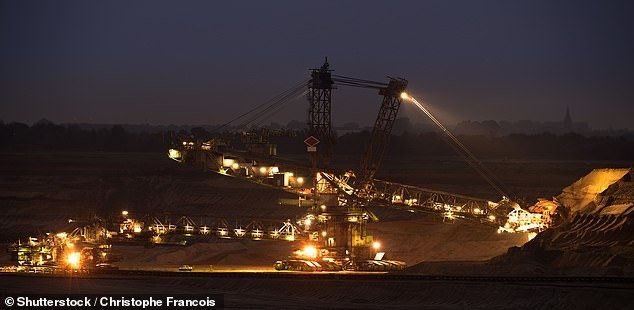Manganese
Waterborne Transmission
According to the MN Department of Health and the federal Environmental Protection Agency, manganese in drinking water should not exceed 100 micrograms/liter for children under the age of 2. In older children and adults, the recommendations are that drinking water contain no more than 300 micrograms/liter.
The Emily manganese deposit sits below the same aquifer that supplies Emily and surrounding communities’ with drinking water. In order to reach the deposit, the aquifer must be penetrated, providing an opportunity for contamination with manganese and other components of ore deposits, such as arsenic. In addition, underground shaft mines, like the one planned for Emily, require extensive “de-watering”, meaning pumping out of water that seeps into the mine from the surrounding rock and soil. This water comes in contact with the manganese and other mine debris before it is pumped out of the mine and to the surface, where it is kept in holding ponds in preparation for being treated and released into the surrounding environment.
In Emily, the background level of manganese is likely already elevated due to the manganese deposit being in such close proximity to downtown and the developed lakes and woods properties. During the 2011 exploration and experimental borehole extraction attempt, the company conducting it first tested 90 wells within a mile radius of the proposed mine site. While the company refused requests for the results of those tests, EMIG has learned from a small sampling of homeowners whose wells were tested . . .


Airborne Transmission
The underground mining process requires that the manganese, imbedded in ore, silica, and other minerals, be blasted apart in order to be removed to the surface for processing and/or transportation. The mine must be vented of the accumulating ore dust. In addition, moving the dynamited ore to the surface is done by use of conveyors that are largely open to the air. Once at the surface, processing occurs to free the manganese from the other ore components, which can be done either by gravity (shaking the ore to separate the components) or through application of sulfuric acid. . . .
Transportation is another source of airborne manganese transmission. . . .
Light Pollution
We live in the North Woods of Minnesota. An important part of that experience is the ability to view the individual stars, constellations, the Milky Way, and occasionally the Northern Lights. The “dark skies” experience is increasingly being lost. [INSERT TEXT}

Talk to us
Contact us to receive updates on the proposed mine and guidance on how you can make your voice heard in the discussion over the future of Emily and its surrounding communities.
We look forward to hearing from you.
